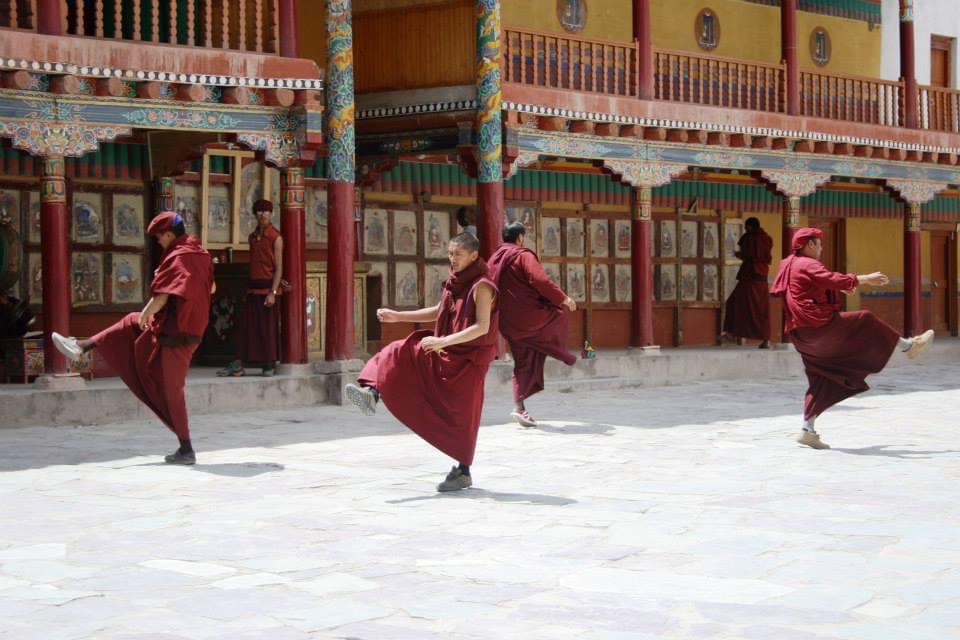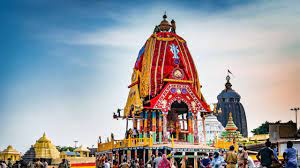Hemis Monatery of Ladakh is the largest and the richest monastery of the Ladakh region. 45 milometers from Leh, stands this famous gompa or monastery at the Hemis Village, near the Hemis National Park where the endangered snow leopards are found. This 40 kilometres drive is something that remains etched in the memory for a very long time. This 11th century monastery of Drukpa Kagyu lineage (Red Hat Sect of Buddhism) was restored in 1672 AD by Taktsang Respa Ngawang Gyatso under the patronage of the Ladakhi King, Sengge Namgyal. A golden Buddha seated on a hill top overlooks the vast expanse of the valley and the sprawling monastery. This Himalayan Tibetan-Buddhist Monastery, perched at an altitude of 12000 feet is globally famous for the Hemis Festival in June-July. In 2022, i.e.,this year the dates are 8th and 9th of July.
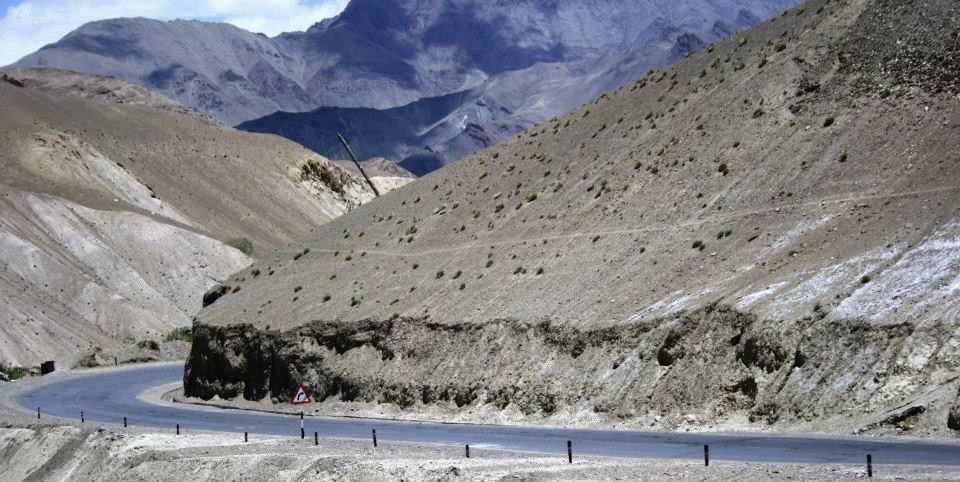
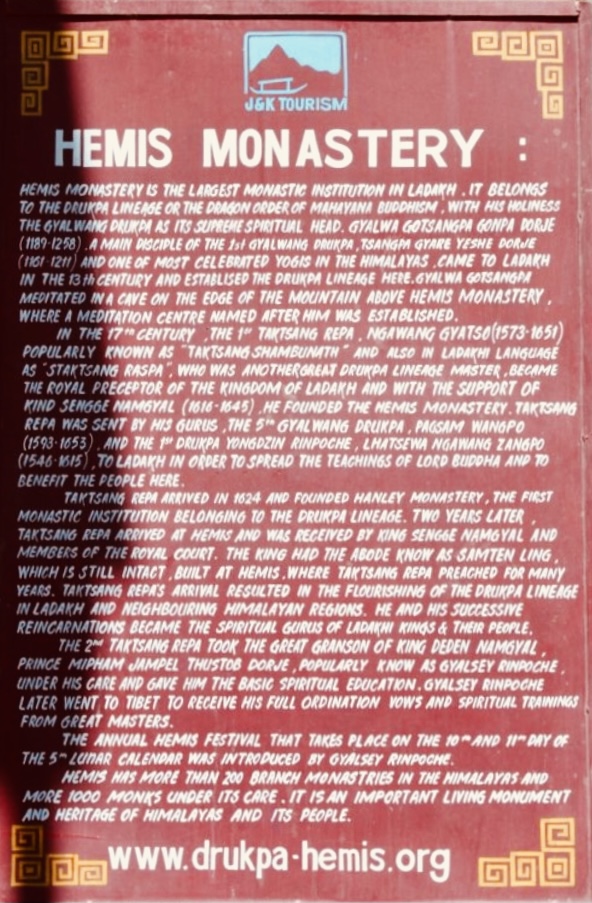
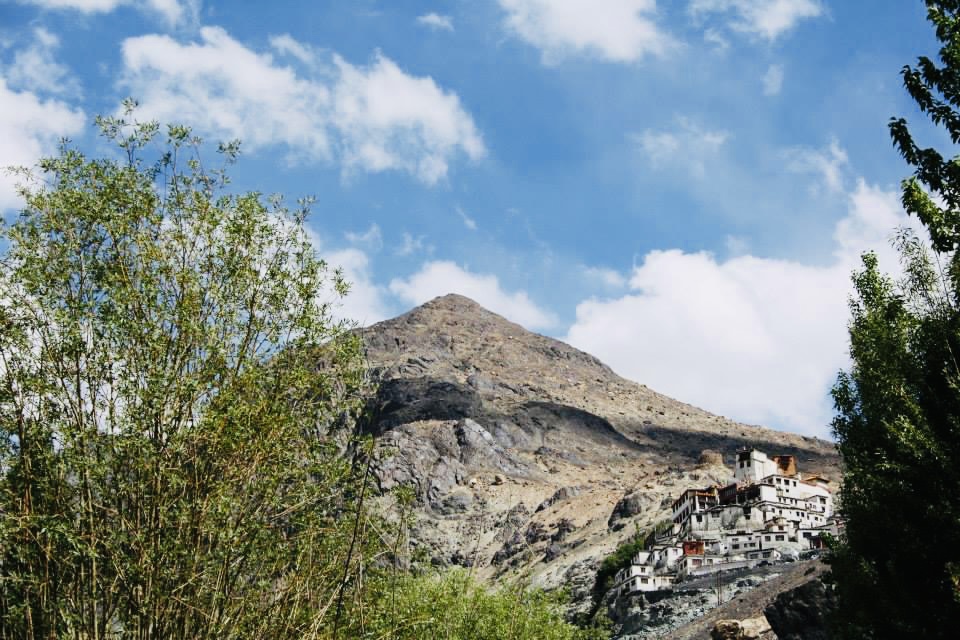
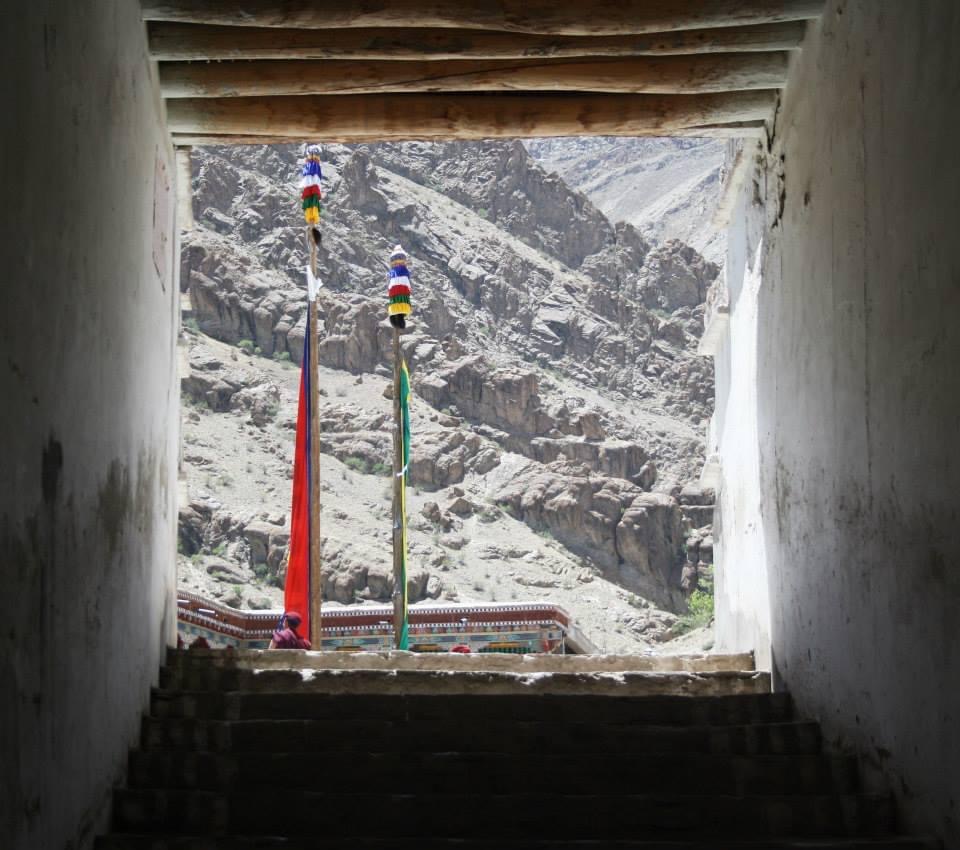
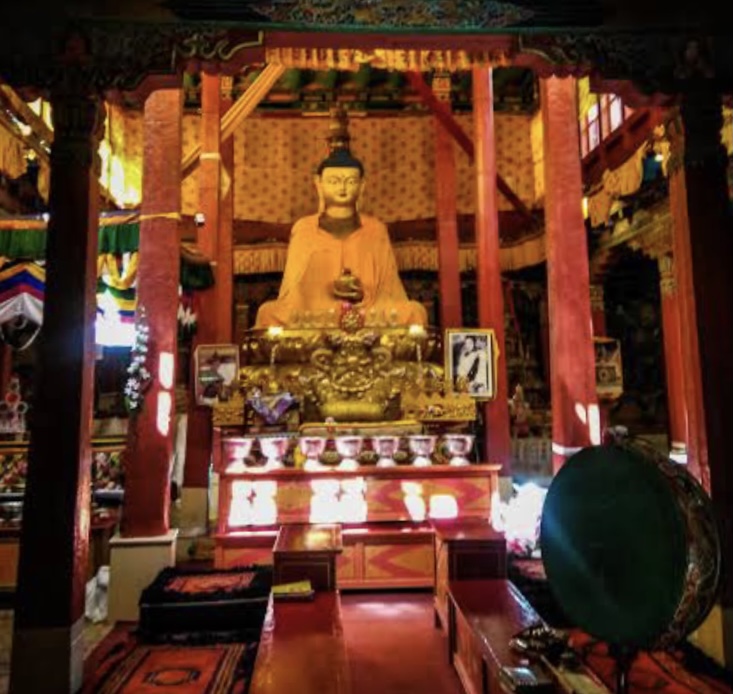
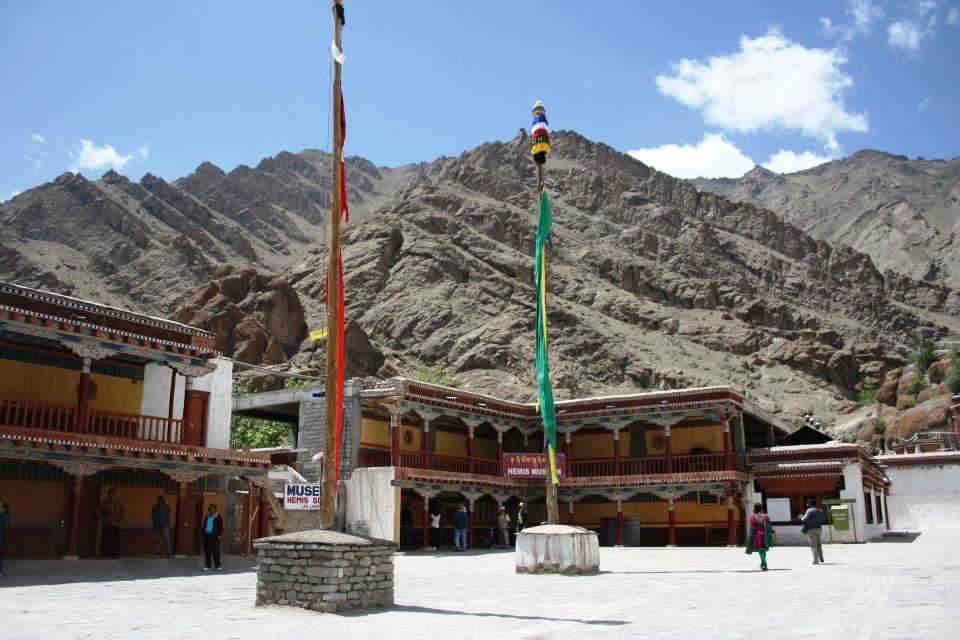
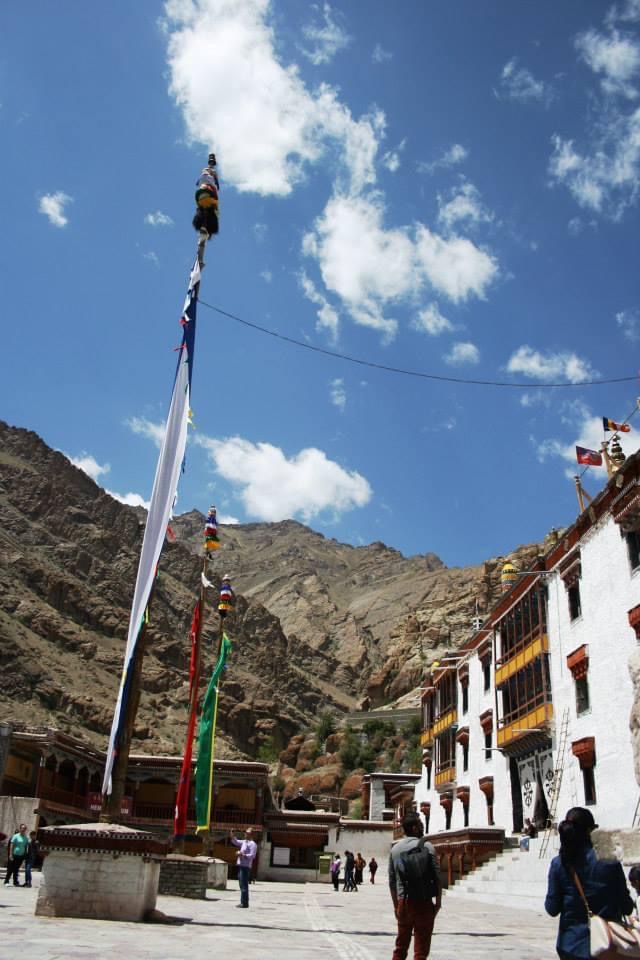


Things to See at Hemis Monastery of Ladakh:
Hemis Monastery of Ladakh has a typical Tibetan architecture where ample use of mud, wood and stones for construction is observed. Walls of the gompa have detailed murals of Tibetan gods and goddesses and other sacred symbols significant to Tibetan Tantric Buddhism. ‘Wheel of Life’ is an important painting. These paintings are extremely colourful and the colourful prayer flags compliment them and there are numerous prayer wheels of various sizes too. The vivid colours look beautiful in contrast to the rugged mountains or landscape around. A large courtyard is at the center and to its right from the entrance is Tshogs-khang, the main temple of the Buddha housing a huge gilded blue haired idol of Sakyamuni Buddha. The Du-Khang, another part of the temple, is the main Assembly Hall with the throne of the Rinpoche and the seats for the lamas (monks). There is temple dedicated to Guru Padmasambhaba and the founder of the Hemis Monastery of Ladakh. The Hemis Museum, the mural gallery and a souvenir shop are must visit sites within the gompa. The museum exhibits items, sculptures, paintings, manuscripts and thangkas which are as old as thousand years. The mural gallery has wall paintings done with stone and natural dyes. Do not miss the roof top because the panoramic view from the terrace is breath taking. Try out Tibetan dishes at the café just outside the monastery; they are delicious. The visiting time is 8 am to 6 pm and 1 pm-2 pm is lunch hour. Ticket cost per person for entry is Rs.50 and it includes a visit to the museum as well.
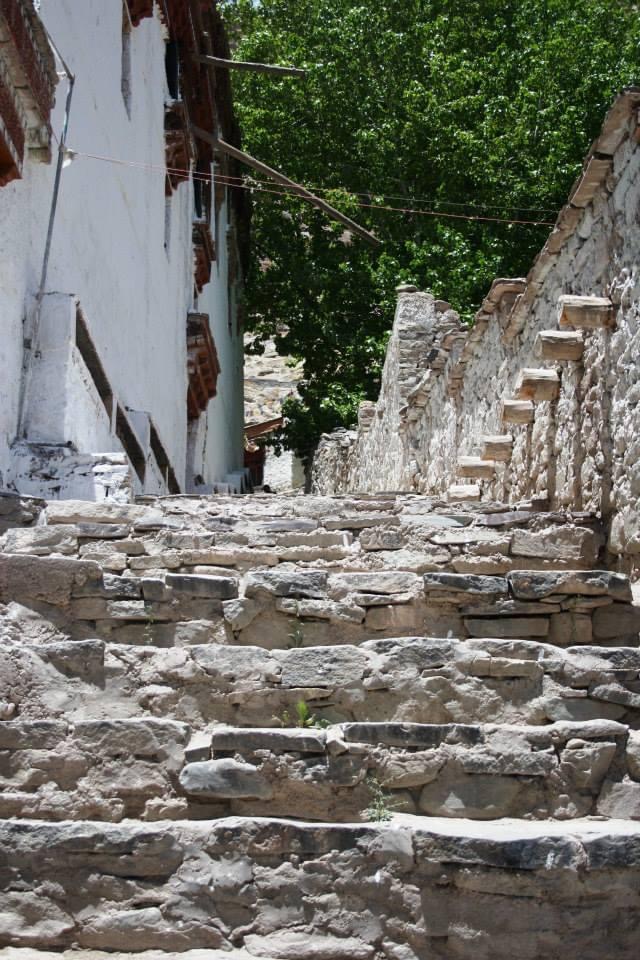

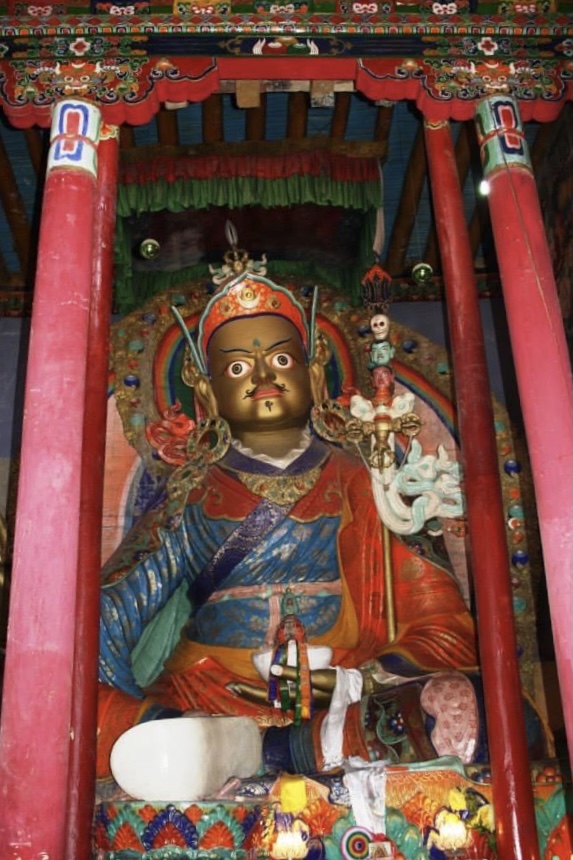
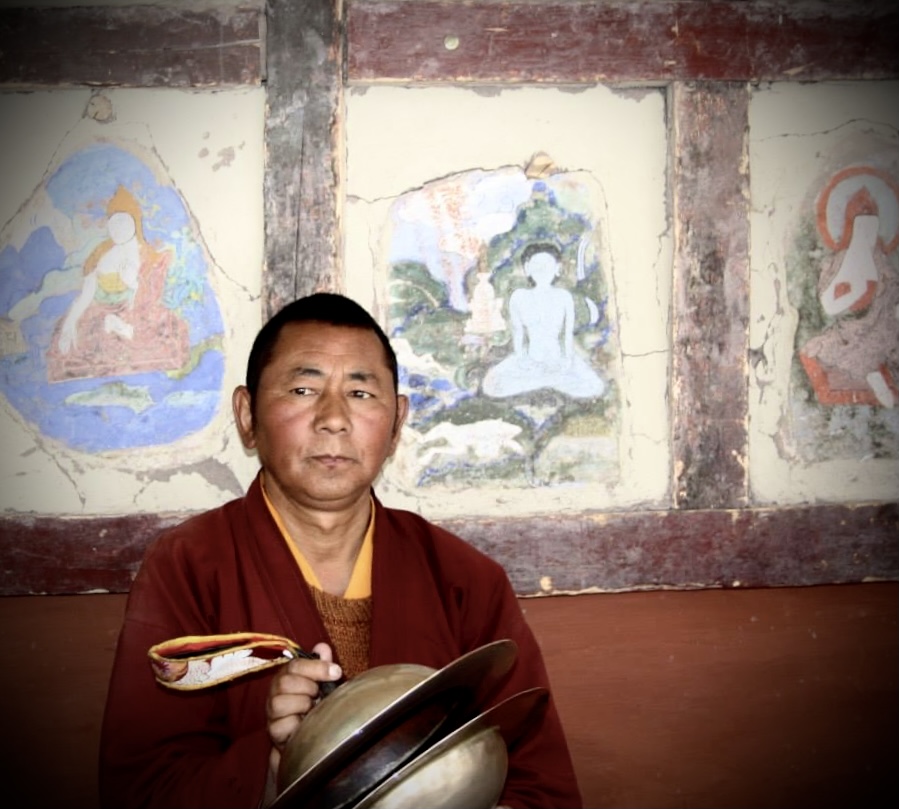
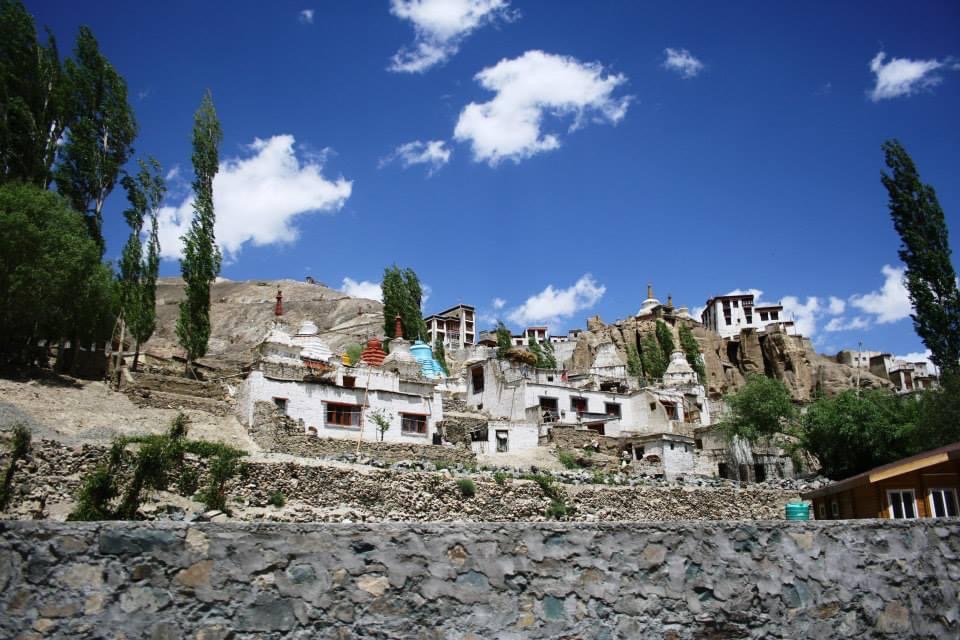
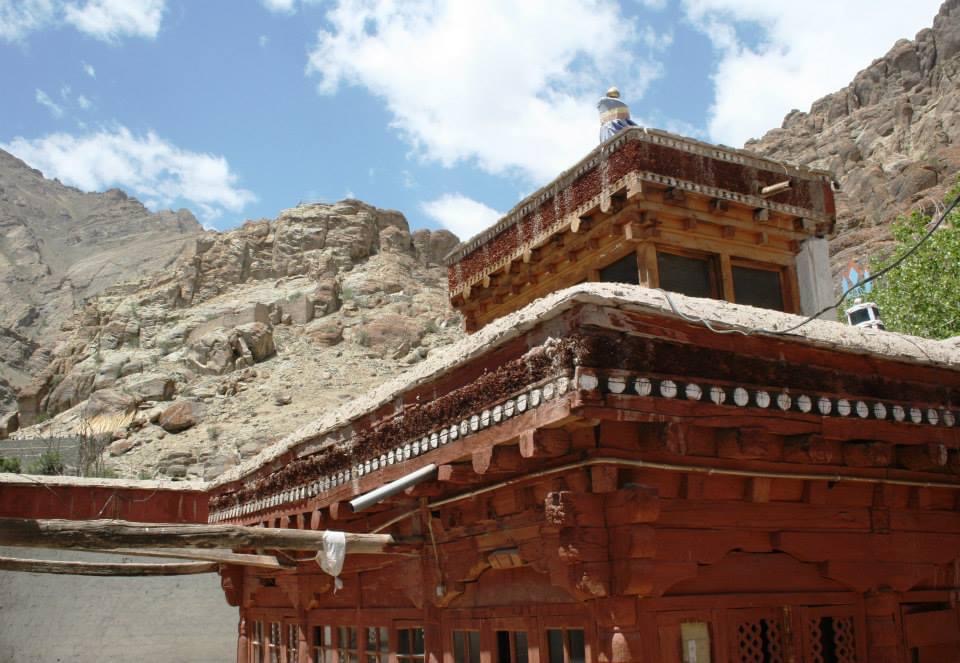
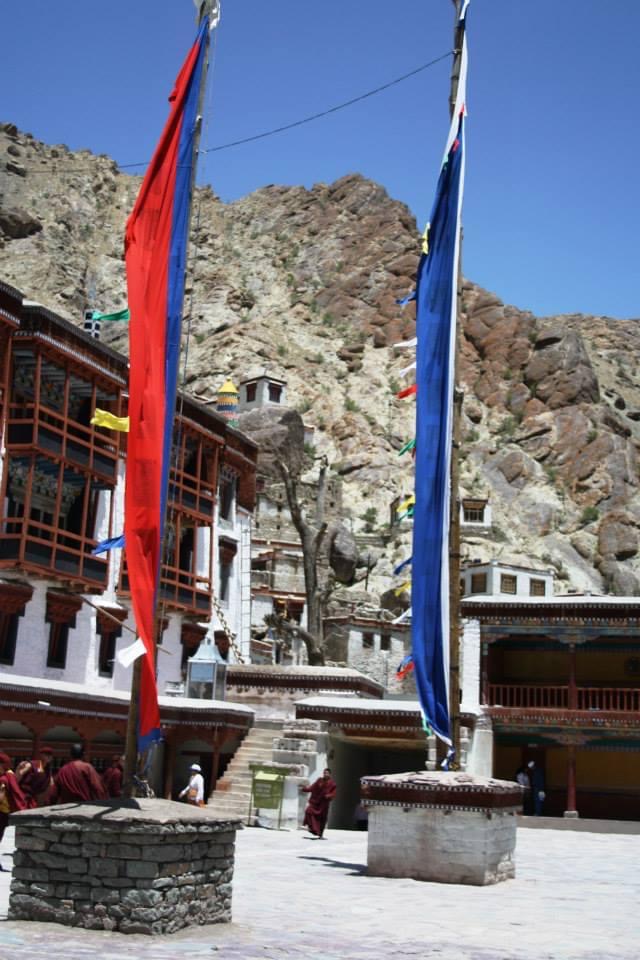

Hemis Festival at Hemis Monastery of Ladakh
Hemis Monastery of Ladakh boasts of the famous Hemis Festival which takes place in June or July (10th and 11th day of the fifth month of Tibetan Lunar calendar), to commemorate the birth anniversary of Guru Padmasambhava or Rinpoche. The festival is unique and colourful and is celebrated with tremendous devotion and spiritual fervor. The festival begins with rituals are performed by the chief monk in association with other monks. A 350 years old huge (20 feet) thangka with image of Guru Rinpoche is hung from top for the devotees. Mask dances called Chham, performed by the monks at the courtyard make the festival so distinctive and special. The dances mostly imply ‘the holy’ driving away ‘the unholy’. Ritualistic chants, beating of drums, clashing of cymbals and wailing of conchs and Tibetan horn pipes (dughchen-trumpets) create a magical environment of festivity and transcendental energy.

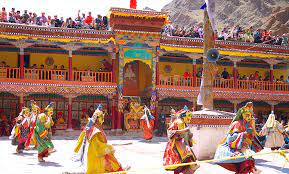
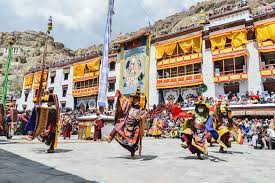

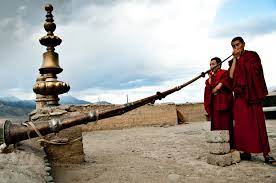
The Mask Dances of Hemis Festival
The mask dances of Hemis Festival is the chief attraction and follow a sequence with each dance representing a story. The audience at Hemis Monastery of Ladakh is not restricted to Buddhists only. From all across the globe keen visitors come to attend the festival; devotees, travelers, photographers and film makers.
- The series of dances begin with the dance of the 4 Gomas or Gatekeepers who wear vibrant brocade dresses and huge wooden masks with skulls on top. Their dance is meant to bind the evil spirits so that they cannot escape.
- Next come the 12 Zhings or Dharmapalas, the guardians of the truth who dance to keep the teachings of the Buddha protected from impurities.
- The dance of the 5 Chemchog Heruka follows next. They represent the fierce form of Guru Rinpoche/ Padmasambhava who eliminates evil with wrath and liberate the land from darkness.
- Then follows the dance of the 4 Lords of the Graveyards who celebrate the death of immorality. They rejoice to celebrate the triumph of good over evil. They wear large wooden masks which look like skulls and their attires also have skeleton woven on them.
- The dance festival ends with the Black Hat Dance by 13 monks. They close the dance with a ritual of protecting the sacred arena such that evil can’t pervade.
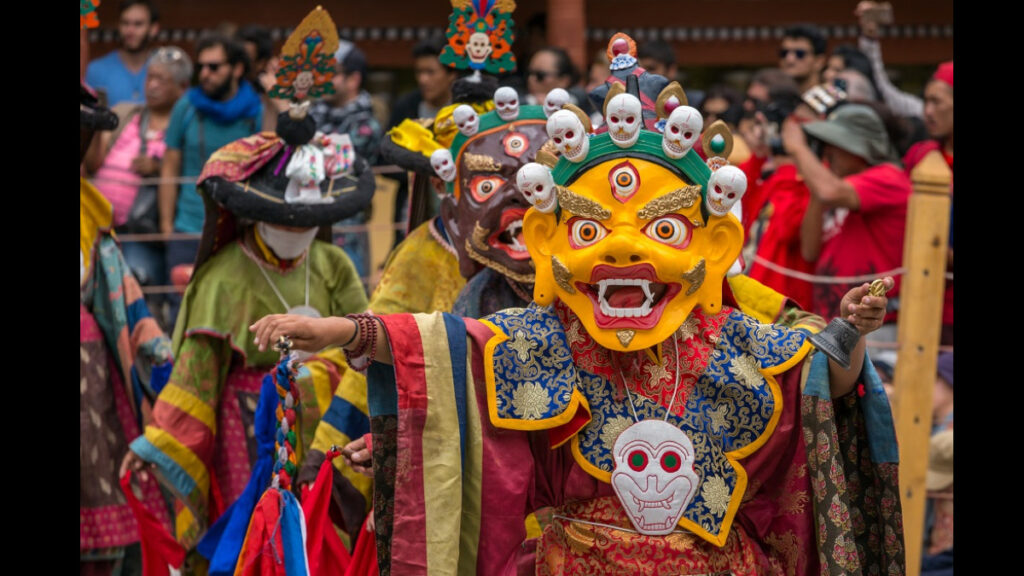

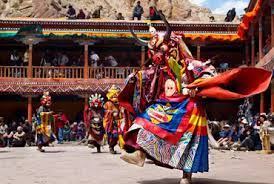
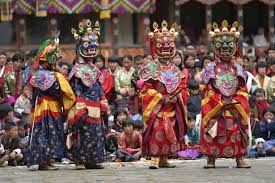
Takeaways from the Hemis Festival and/or Hemis Monastery
The pivotal point across which the majestic Hemis Monastery of Ladakh and the iconic Hemis Festival revolve is the idea of victory of good over evil. Whether we experience the enthusiasm and energy of the festival or the tranquility and solitude of the monastery during other times, we come out a changed person; a person who can retrospect, differentiate and finally choose between what is right and what is wrong. Buddha said, “By oneself, indeed, is evil done; by oneself is one defiled. By oneself is evil left undone; by oneself, indeed, is one purified. Purity and impurity depend on oneself. No one purifies another.”
